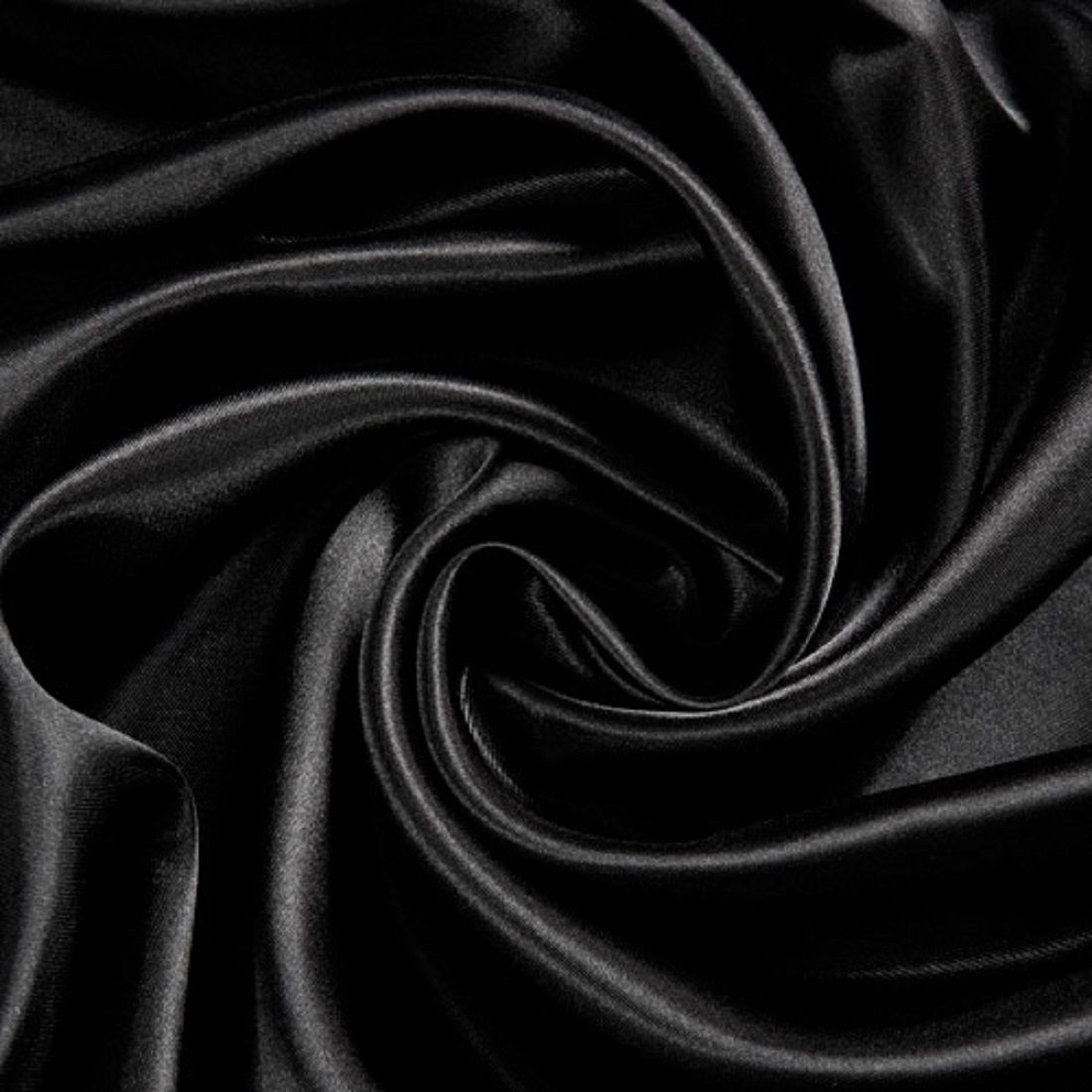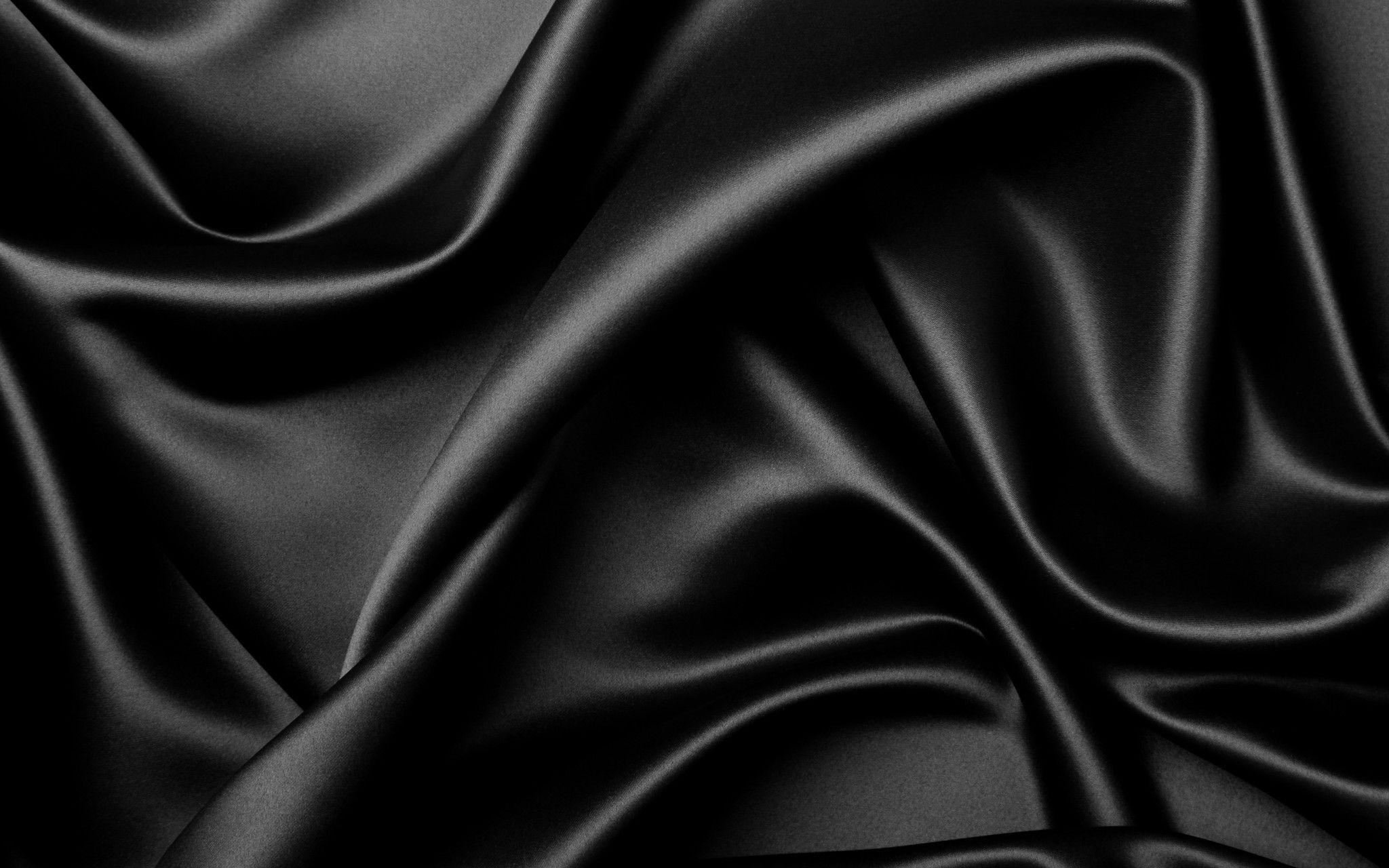There's something truly captivating about a vehicle wearing a satin black finish. It's a look that, you know, just grabs your attention without being overly flashy. People who choose this particular shade for their cars, or perhaps just parts of them, seem to be going for a certain kind of understated cool, a quiet confidence that stands apart from the typical shiny paint jobs. It's a choice that speaks to a desire for something a little different, something with a bit more depth than a simple flat color.
This specific dark tone, often applied to things like wheels, light housings, or even aerodynamic additions, gives off a unique visual vibe. It doesn't reflect light back at you in the same way a glossy coat would; instead, it sort of absorbs it, creating a soft, almost velvety texture that really changes how the car looks from different angles. It's a finish that, frankly, can make a car appear more purposeful, more grounded, and quite a bit more aggressive in a refined sort of way, too.
The interest in this particular surface treatment, as a matter of fact, pops up quite a bit in discussions among those who like to customize their vehicles. Folks are always sharing pictures, asking about how to get it just right, or talking about where they got their own pieces done. It's clear that for many, satin black isn't just a color; it's a statement, a way to express a personal taste that values subtlety and a touch of something special over a loud, showy presence.
Table of Contents
- What Makes Satin Black So Appealing?
- The Visual Impact of Satin Black
- How Do People Achieve a Satin Black Look?
- Applying Satin Black to Wheels
- What About Satin Black on Lights and Wings?
- Satin Black Versus Matte Black - What is the Difference?
- Caring for Your Satin Black Finish
- The Community Around Satin Black
What Makes Satin Black So Appealing?
People are often drawn to satin black for a few key reasons, you know. It offers a kind of sophisticated appearance that traditional gloss finishes might not quite capture. When you see a vehicle with this sort of coating, it doesn't shout for attention; it more or less draws you in with its quiet strength. It's got a low sheen, a sort of muted glow, which makes lines and shapes on a car look really crisp and defined. This particular finish tends to highlight the form of whatever it covers, rather than distracting with reflections.
It also brings a certain modern feel, a contemporary edge that many vehicle owners are looking for these days. It can make an older model feel fresh or give a newer one an even more up-to-date vibe. Plus, there's the practical side: it can be a bit more forgiving with minor imperfections or dust compared to a super shiny surface, which, as a matter of fact, shows everything. So, it's not just about how it looks; it's also about the subtle benefits it brings to the overall ownership experience, too.
The Visual Impact of Satin Black
The way satin black plays with light is quite interesting, actually. Instead of bouncing light directly back at your eyes, it scatters it, creating a softer, diffused effect. This gives objects a solid, almost sculptural appearance. For instance, when you see a set of Advan GT wheels given this specific shade, they don't sparkle; they just look incredibly substantial and purposeful. This finish really lets the design of the wheel itself come through, without the glare that might hide some of its intricacies, you know.
This characteristic is especially noticeable on larger components like a rear aerodynamic piece or even the main bodywork. A Veilside V2 drag wing, for example, coated in satin black, might appear more integrated with the car's overall design, rather than standing out as a separate, shiny element. It blends in a way that enhances the vehicle's form, giving it a cohesive, almost stealthy appeal. This particular surface treatment, you see, just adds a different kind of visual weight to things, too.
How Do People Achieve a Satin Black Look?
Getting that smooth, low-sheen black finish often involves a specific process, you know. For many metal items, especially things like vehicle wheels, people often opt for powder coating. This method puts a dry powder onto the surface, which is then heated to create a hard, protective coat. It’s a pretty durable way to get that satin black look, and it holds up well against everyday wear and tear. It’s also, arguably, a popular choice because it gives a really consistent finish without brush strokes or unevenness.
For other parts, like perhaps plastic interior pieces or smaller exterior trim, a specialized paint product might be used. These paints are formulated to dry with that particular satin sheen, rather than a full gloss or a completely flat appearance. It's important, you see, to prepare the surface properly before applying any coating, whether it's powder or liquid. This step helps the finish stick well and look its best, ensuring the satin black comes out just right.
Applying Satin Black to Wheels
Wheels are, quite possibly, one of the most common things people choose to have coated in satin black. We see examples like Advan GT wheels or Venaci VS124 wheels being given this treatment. The process typically involves taking the wheel off the vehicle, cleaning it very thoroughly, and then preparing the surface for the new coat. This preparation might involve sanding or blasting to make sure the new finish has something good to stick to, you know.
Once ready, the powder coating process begins. The wheels are given an electrostatic charge, and the powdered paint, which is also charged, sticks to them. Then, they go into a special oven where the powder melts and flows into a smooth, even layer. When it cools, it becomes a hard, durable finish. This method is really popular because it creates a tough surface that can stand up to the road conditions while still looking really sharp in that distinctive satin black color, too.
What About Satin Black on Lights and Wings?
It’s not just wheels that get the satin black treatment; other parts of a vehicle can really benefit from this finish too. Think about the headlamp covers, for example. Giving them a satin black appearance, especially for older models, can give the whole front of the car a much more modern and cohesive feel. It's a subtle change, but it can make a big difference in how the vehicle is perceived, making it seem a bit more serious and, you know, put together.
Then there are the rear aerodynamic pieces, often called wings. A piece like a G35-style wing, or even a more specific one like a Veilside V2 drag wing, can look quite different with a satin black coating. Instead of a glossy reflection that might draw too much attention, the satin finish allows the shape and purpose of the wing to be the main focus. It integrates it more smoothly into the car's overall silhouette, giving a clean, purposeful look that, frankly, many people appreciate.
Satin Black Versus Matte Black - What is the Difference?
This is a question that comes up quite a bit, actually, when people are thinking about dark finishes for their vehicles. Many wonder about the difference between matte black and satin black. While both are non-glossy, they have distinct characteristics. Matte black is, you know, completely flat; it has almost no sheen at all. It absorbs light almost entirely, giving a very stark, sometimes chalky appearance. It's a very bold look, very much about the absence of reflection.
Satin black, on the other hand, has a slight, subtle sheen to it. It’s not shiny like a gloss, but it’s not completely flat like a matte. It has a soft, low luster, almost like a very fine pearl. This slight reflectivity gives it a bit more depth and, in some respects, a more refined appearance than a true matte. It’s like the difference between a chalkboard and a piece of smooth, dark silk. Both are dark, but one has a bit more life and dimension to it, too.
Caring for Your Satin Black Finish
Looking after a satin black surface is a bit different from caring for a shiny one, you know. Because it doesn't have that deep, reflective clear coat, you have to be careful with what you use to clean it. Abrasive cleaners or waxes designed for gloss finishes can actually damage the satin look, making it appear streaky or even adding unwanted shine in places. It's pretty important to use products specifically made for matte or satin surfaces.
Typically, a gentle, pH-neutral car wash soap and soft wash mitts are recommended. You also want to avoid rubbing too hard or using circular motions, as this can create shiny spots over time. Drying with a soft, clean microfiber cloth is a good idea to prevent water spots. While it might seem like more work, keeping your satin black looking good really just means using the right tools and a little bit of patience, too.
The Community Around Satin Black
It's interesting to see how much discussion and sharing happens around this particular finish. People are always posting pictures of their vehicles, showing off their Advan GT wheels or their newly powder-coated pieces. There's a real sense of community around the shared appreciation for this specific aesthetic. Folks ask for advice on things like how to remove a dash piece without damaging it, or where to get help with a rear bumper clip, often in the context of their satin black projects, you know.
These online conversations are full of people giving tips, sharing their experiences with different products or methods, and just generally connecting over their passion for vehicle customization. Whether it’s talking about '06 lights with a satin black retrofit or comparing notes on matte versus satin, it’s clear that this finish sparks a lot of friendly interaction and mutual support among vehicle enthusiasts. It's a pretty lively area of discussion, actually, with everyone sharing their latest updates and what they've learned, too.
The appeal of satin black is quite clear when you look at how often it comes up in discussions about vehicle appearance. From specific wheel types like Advan GT and Venaci VS124, to parts like rear aerodynamic pieces and headlamp covers, this finish offers a distinct visual character. The choice between satin and matte black is often debated, with satin providing a subtle sheen that differs from the flat look of matte. Maintaining this finish requires specific care, using gentle products to preserve its unique low-luster appearance. The community around this particular aesthetic is active, with enthusiasts sharing their experiences, asking for advice on installations or modifications, and showing off their completed projects, all centered around the distinctive look of satin black.


